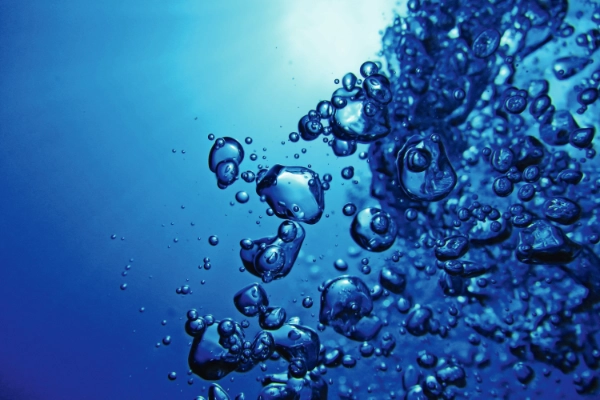Hydrogen Systems
Through the years the environment has been polluted due to the excessive and persistent combustion of fossil fuels as source of energy. As a result, the reduction of the carbon dioxide (CO2) footprint is a significant challenge for society and industry, demanding alternatives to a life based on fossil resources now and in the following decades.
In particular, the decarbonization of the energy and transport sector as main contributors to CO2 emissions has to be targeted. In this context hydrogen (H2) becomes increasingly important to fight climate change. When using renewable energy, hydrogen can be generated through water electrolysis in a CO2-free way.

Thus, this "green” hydrogen acts as an energy storage medium and can be further used in industrial applications, e.g. steel production, in combination with CO2 to produce alternative fuels and chemicals and directly as fuel for fuel cells.
The cost-efficient production of green hydrogen on an industrial scale will be an important element towards a zero-emission society.
Worldwide, countries started to develop strategies to pursue the goal of a climate-neutral society by 2050 through the deployment of hydrogen systems and green hydrogen.
Heraeus has been committed to precious metals for more than 160 years, specializing in chemical process catalysts and offering a comprehensive line of homogeneous and heterogeneous catalysts.
Hydrogen Generation and Purification
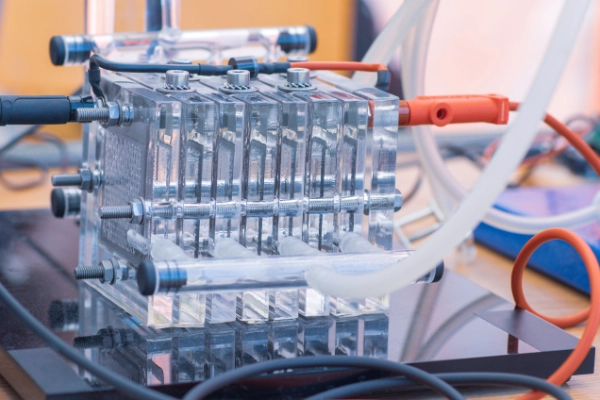
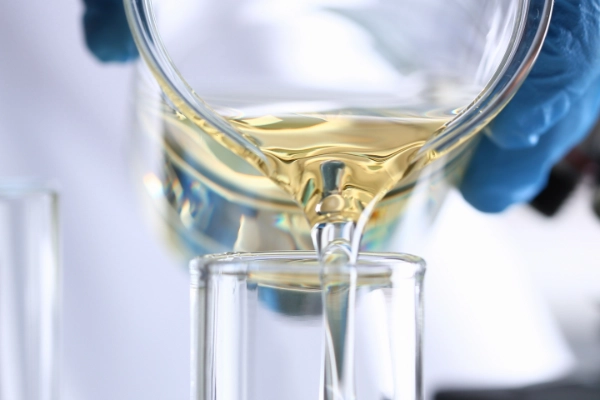

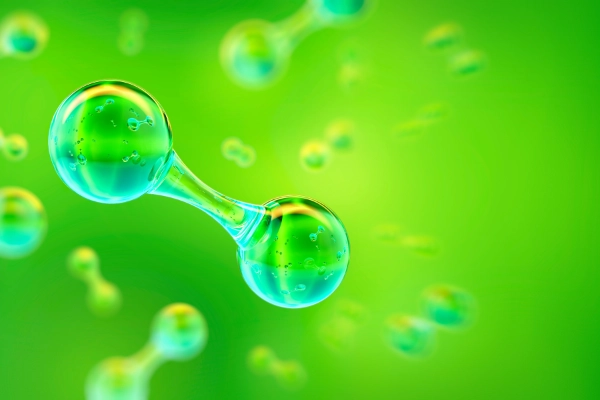


Storing & Recovery of Hydrogen
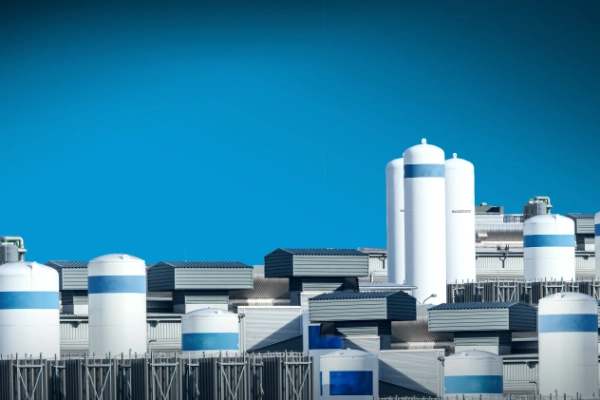
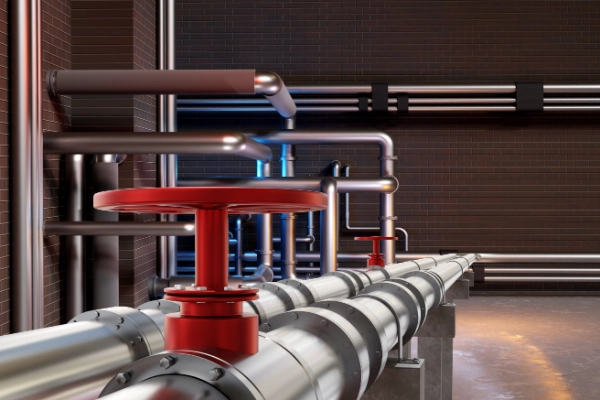
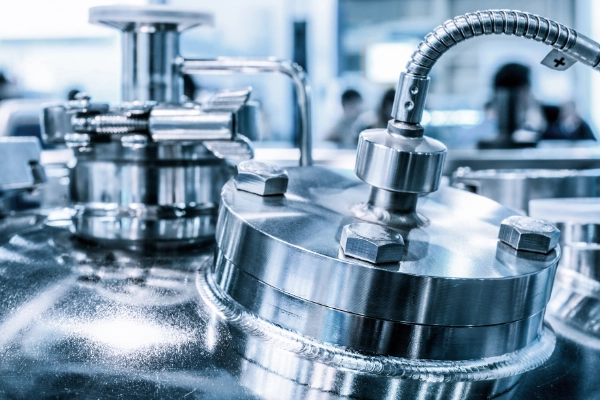
Hydrogen Consumption
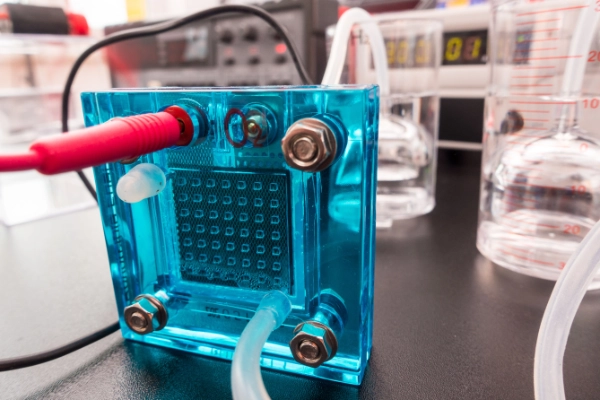


Read As Well
Downloads
- Hydrogen Systems at Heraeus Precious Metals
- Accelerating the Green Hydrogen Economy
Catalysts for Ammonia Decomposition
- Actydon | Iridium: Anode Catalyst Portfolio for Green Hydrogen Production
- Actydon | Platinum: Electrocatalysts for Electrolyzers and Fuel Cells
- Boosting the Fuel Cell Operation: Balance-of-Plant Catalysts & Material Solutions
- Accelerating the Green Hydrogen Economy: HeraPur® Catalysts for H2 & O2 Purification
- Actydon | Ir S: Low Iridium Electrocatalyst for PEM Electrolyzers
- Precious Metal Recycling
- Actydon | Loop: Circularity for the Hydrogen Economy
Utilizing Green Energy
To fight climate change, governments set ambitious targets to reach “net zero” CO2 emissions. While this is a big challenge for all areas that have been utilizing fossil sources for decades, the energy sector is one of the most pressing with high complexity. New feedstocks need to fulfill the same requirements that has been fulfilled by the fossil sources. It needs to be available at the required scale, storable, transportable and in addition – truly carbon neutral.
In principle, enough green energy is available such as power from the wind and the sun. However, infrastructure needs to be built, to utilize these natural resources to the needed extend.
In both areas, precious metals are involved, for example with slip rings for wind power facilities or the silver paste coatings for solar power cells.

But generating electricity, even if in sufficient amount, only half the target is achieved. Green electricity sources are fluctuating depending on the weather, the time of year and in day and night. Possibilities are needed to store the energy and to retrieve it later. Also, it needs to be transportable, best by already available decentral infrastructure.
To achieve this, the green electricity is converted into hydrogen by water electrolysis – and then either used directly (by burning or in a fuel cell) or transformed into more sophisticated carriers such as ammonia, LOHC or SNG.
There are several technologies for water electrolysis, however they are not equally suited to the fluctuating energy supply from green electricity sources. The method of choice for green electricity is PEM (Proton Exchange Membrane) Electrolysis, as it works with comparably fast start-up times and needs less space than, e.g. AEL (Alkali Electrolysis), which can be a limiting factor in some settings, e.g. in offshore wind parks. Also it can be operated at lower temperature than e.g. SOEC (Solid Oxide Electrolysis) which is better suited for settings where waste heat out of other processes is available.
Therefore, PEM Electrolysis will play a more important role in the futures as this relatively new technology shows interesting potential to provide true carbon neutral for the decarbonization demand. In terms of precious metals, innovations are targeting to taggle the required precious loading per GigaWatt, long term stability, and a sustainable sourcing strategy for the raw materials to make hydrogen ramp-up happen.
Heraeus low iridium materials are an important step on that journey, as well as investments in required capacities for the recycling of end-of-life materials.
Stay Up to Date With Our Hydrogen News on LinkedIn



